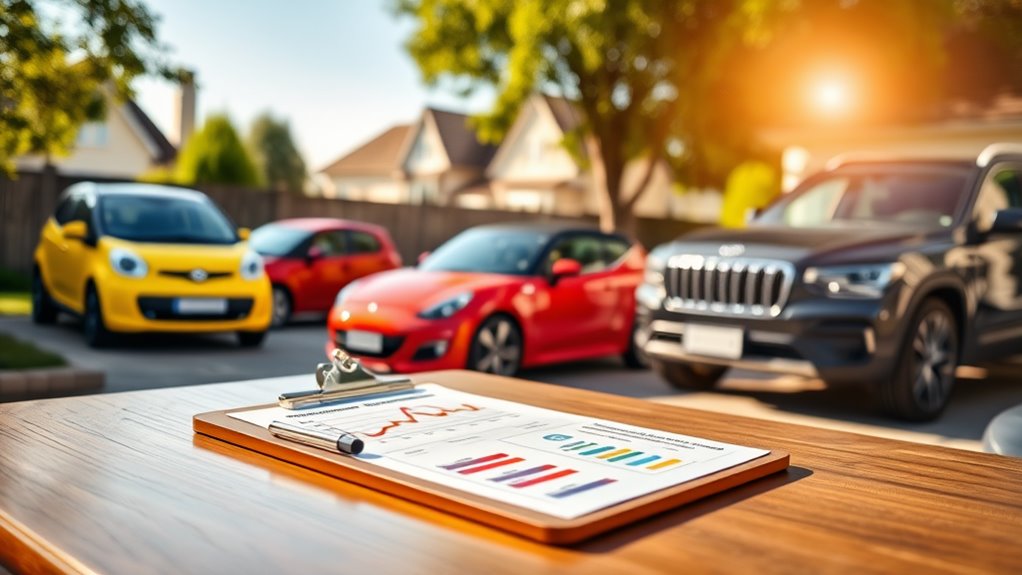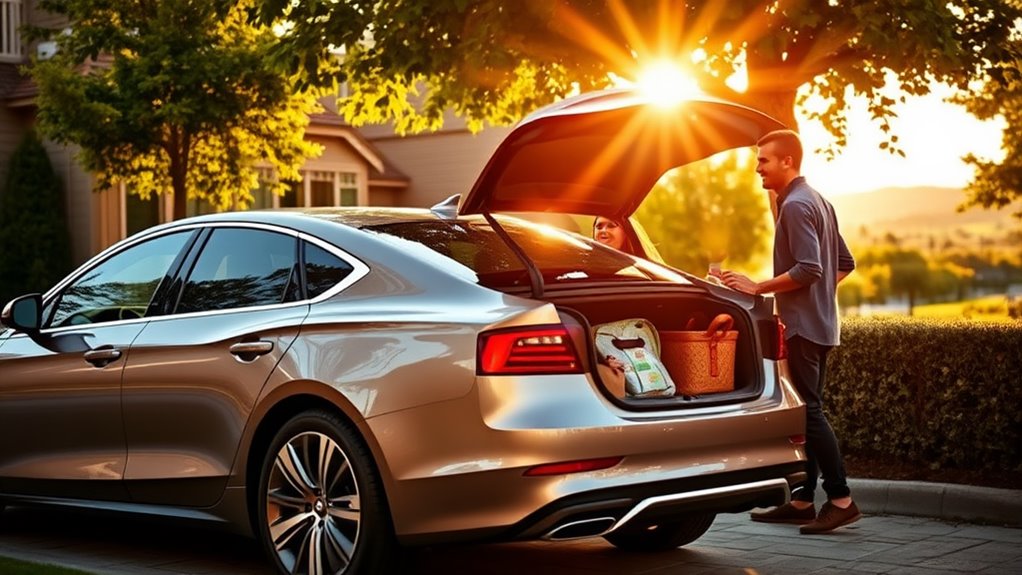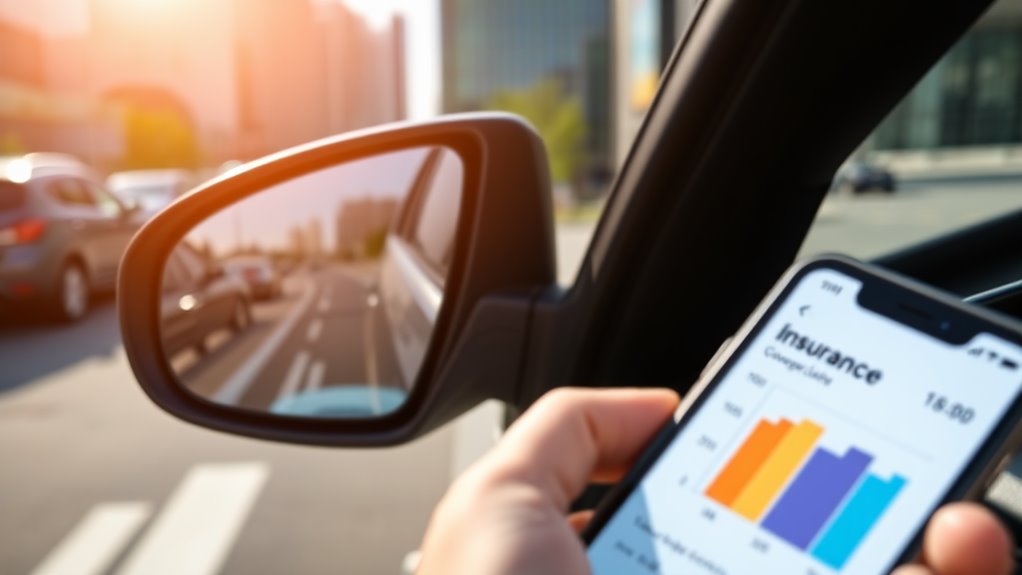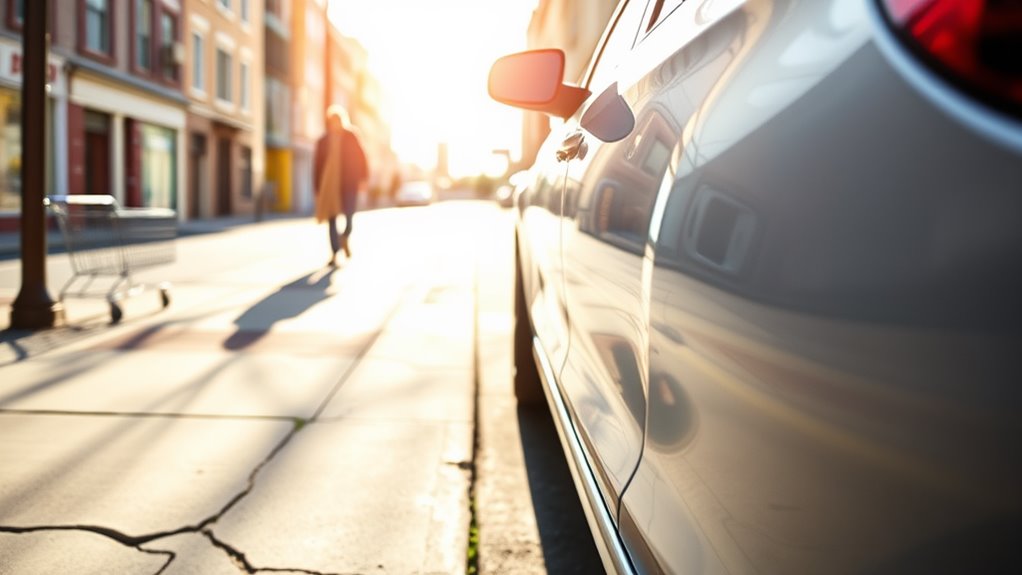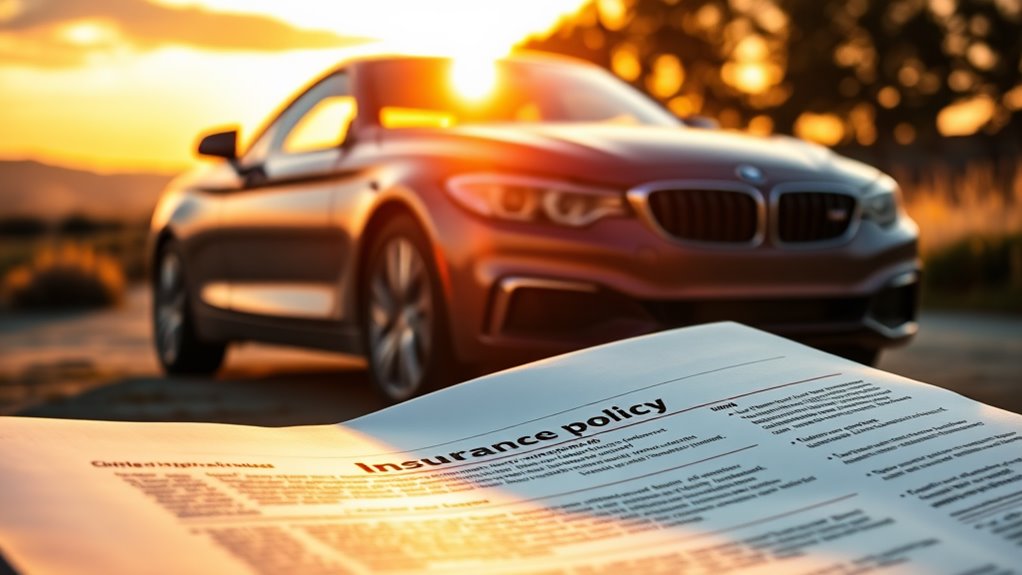If you're an occasional driver, choosing the right insurance can be challenging. You need coverage that meets your unique needs without overpaying. Several options stand out, each offering distinct benefits tailored for infrequent use. From broad coverage to pay-per-mile models, these insurers provide flexibility. Understanding the specifics of each can help you make an informed decision. Let's explore the top five insurance options available for you.
Key Takeaways
- Auto-Owners Insurance offers permissive use coverage and tailored options for diverse needs, including business use and at-fault accident forgiveness.
- State Farm Insurance provides extensive options for occasional drivers and discounts for safe driving, along with personalized assistance from a large agent network.
- Metromile Insurance features a pay-per-mile model, ideal for low-mileage drivers, with potential savings and a device to track driving behavior.
- Amica Insurance offers tailored coverage for occasional drivers, including permissive use clauses and temporary driver options, along with comprehensive protection features.
- AAA Insurance provides customizable coverage options, including new car protection and 24/7 claims service, ensuring policies align with individual lifestyles.
Auto-Owners Insurance
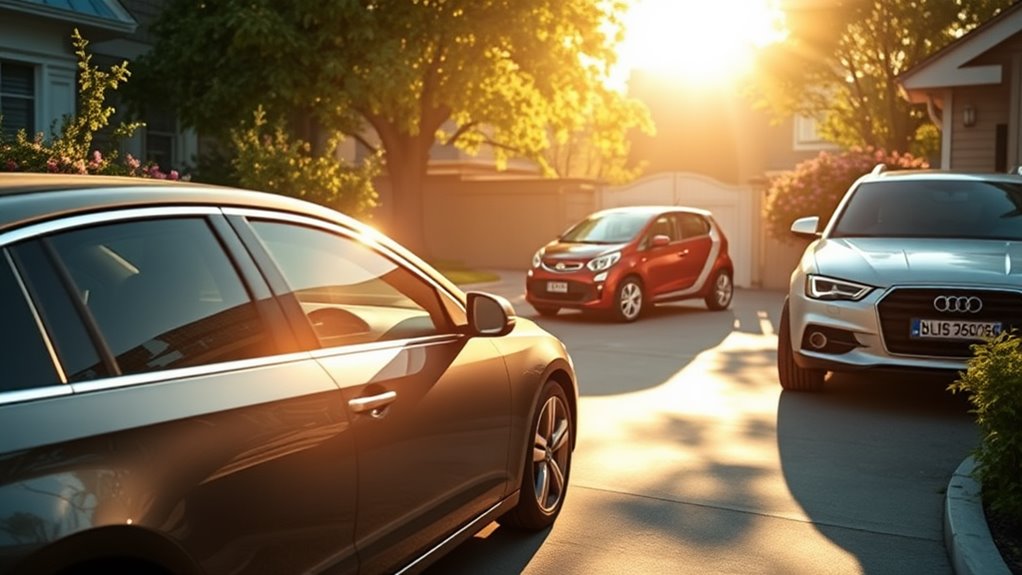
When considering insurance options for occasional drivers, Auto-Owners Insurance stands out with its broad coverage tailored to meet diverse needs. Their permissive use coverage guarantees that drivers can operate vehicles with permission, while non-owned auto coverage protects you when renting or using vehicles not owned by you. The business use coverage accommodates those who drive for work, and temporary substitute vehicle coverage protects loaner cars during repairs. Additionally, Auto-Owners offers financial benefits like at-fault accident forgiveness and gap insurance, which further enhance policy appeal. With 24/7 support and policy flexibility, Auto-Owners provides a thorough and customer-focused insurance solution, making it a strong contender for occasional drivers looking for reliable coverage. It's important to note that listing all occasional drivers can help ensure proper coverage and avoid complications in case of an accident. Furthermore, understanding non-owner car insurance is essential for those who frequently drive vehicles they do not own.
State Farm Insurance
State Farm Insurance offers a thorough range of options tailored for occasional drivers, guaranteeing that you have access to the coverage you need regardless of your driving habits.
With over 100 years of experience, the company provides a variety of policies, including non-owner car insurance, which protects you while driving rented or borrowed vehicles.
You'll find discounts for good students and safe drivers, and their Steer Clear program specifically aids young drivers under 25.
Additionally, State Farm's agent network of approximately 19,000 guarantees personalized assistance in selecting the right coverage.
This blend of experience and tailored support positions State Farm as a strong contender for your occasional driving needs.
Metromile Insurance
Metromile Insurance offers a unique approach designed specifically for occasional drivers through its pay-per-mile model, which tailors costs to your actual driving habits.
Available in states like California and New Jersey, it targets low-mileage drivers, such as those who work from home or rely on public transit. You could save up to 47% compared to previous insurers, as Metromile's structure includes a base rate plus a mileage fee.
Metromile Insurance focuses on low-mileage drivers, offering potential savings of up to 47% with its pay-per-mile model.
Standard coverage encompasses liability, collision, and extensive coverage, with add-ons like roadside assistance. The Metromile Pulse device tracks your mileage and driving behavior, facilitating automated claims processing.
With an average monthly premium ranging from $127, this model effectively aligns insurance costs with your driving frequency.
Amica Insurance
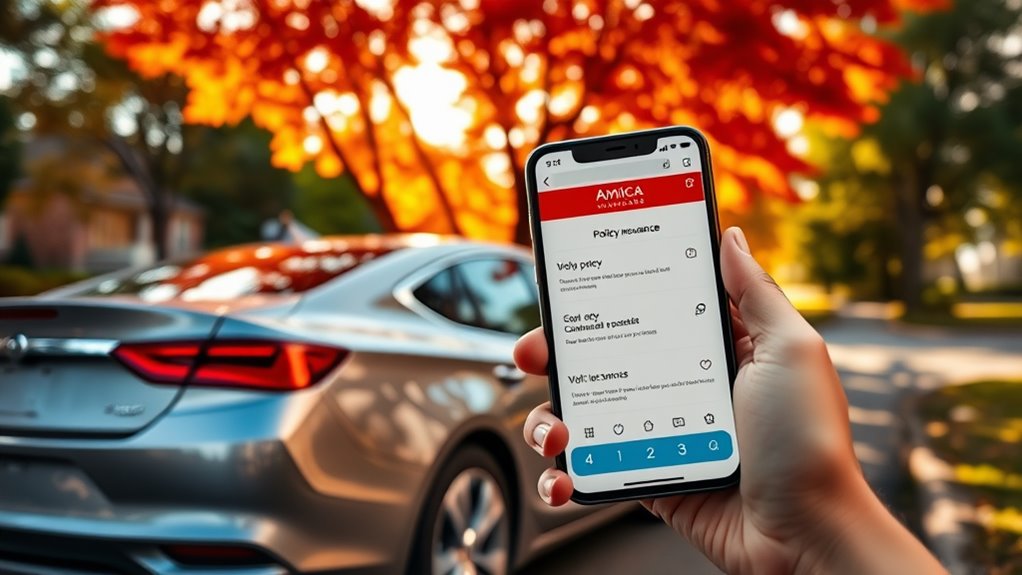
Amica Insurance provides tailored coverage options for occasional drivers, guaranteeing they receive the protection they need without overpaying for unnecessary premiums. Their policies typically feature permissive use clauses, allowing occasional drivers to use your vehicle without being listed on your policy.
You can add temporary drivers by providing specific information, though this might affect your premiums depending on the driver's history. Amica also offers extensive coverage, roadside assistance, and uninsured/underinsured motorist protection, catering to various needs.
Additionally, they provide rental car reimbursement and auto glass coverage. It's crucial to stay informed about state-specific regulations, as some require coverage for learners and have exclusions for unlicensed drivers.
Regular policy updates guarantee adequate protection for all drivers.
AAA Insurance
When it comes to insurance for occasional drivers, AAA Insurance stands out with its customizable coverage options designed to meet diverse needs.
You can tailor your policy to fit your lifestyle, ensuring you get the protection you need.
Here are three key benefits:
Discover key benefits of AAA Insurance for occasional drivers, including flexible policies, new car protection, and 24/7 claims service.
- Flexible Policy Options: Choose from liability, collision, and extensive coverage based on your driving habits.
- New Car Protection: If your new vehicle is totaled, AAA covers the loan balance, providing peace of mind.
- 24/7 Claims Service: With reliable claims processing, you can get back on the road quickly after an incident.
Conclusion
In summary, choosing the right insurance for occasional driving isn't just about price—it's about finding coverage that fits your unique needs. Whether you value broad options, discounts for safe driving, or a pay-per-mile plan, each of these top insurers offers something distinct. But the decision doesn't end here; the right policy could save you money and provide peace of mind when you least expect it. Are you ready to explore which option reveals the best protection for your driving habits?

